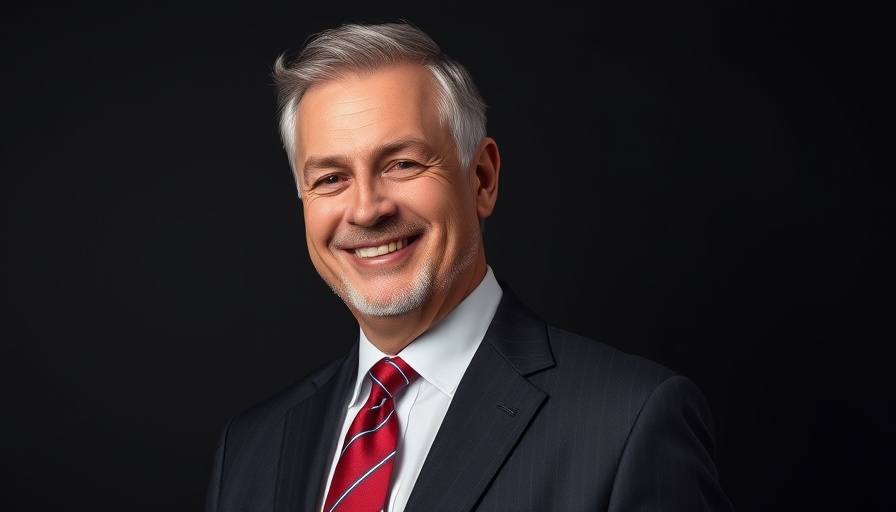
Leadership Dynamics: Insights from Bob McDonald
Bob McDonald has navigated the complexities of leadership like few others, having helmed both the US Department of Veterans Affairs (VA) and Procter & Gamble—a fortune 25 giant. In an era where effective leadership is crucial yet scarce, McDonald's reflections provide profound insights into how leaders can foster a culture of trust and efficiency.
Formation Through Experience: The Role of Military Training
McDonald credits his leadership style to his time at West Point, a training ground for not just military acumen but also for understanding the nuances of leading people. He emphasizes that leadership must be intentional and cultivated over time. Unlike high school, where leadership can be serendipitous, the environment at West Point demanded a deliberate approach to inspire confidence and motivate teams effectively.
The Scarcity of Trust in Organizations
McDonald's tenure at the VA uncovered alarming statistics: veteran trust in the organization was hovering around 47 percent. He noted that trust is a crucial pillar of any healthy organizational culture. If leaders want to create an environment where employees thrive and collaborate effectively, rebuilding trust is essential. His strategy was not just about listening to concerns but about reconfiguring the very culture of the department.
Culture Over Hierarchy: A Pillar of Leadership Success
Central to McDonald’s philosophy is the belief that the organizational culture often holds the key to success or failure. At VA, he encountered what he termed a 'culture of learned helplessness.' To combat this, he initiated a shift towards a more open culture by promoting familiarity, urging staff to call him "Bob" instead of "Secretary." Such a simple tweak can lead to increased trust and ultimately better outcomes. McDonald shared how naming conventions can significantly impact the dynamics of interpersonal relationships within an organization.
Transformational Actions: Leading by Example
True leadership is about actions that instigate change. McDonald abolished the entourage tradition that often alienates leaders from their teams. Instead, he made a point to engage directly with employees. This approach established a culture of accessibility and encouraged truthful communication—a critical factor in driving organizational change.
Implications for Modern Organizations
In the current business landscape characterized by rapid change and uncertainty, executives must heed McDonald’s call for cultural awareness and trust-building. Without these foundational elements, organizations may struggle to adapt and innovate effectively. Executives need not only to adapt their strategies but also to reflect on how their leadership styles affect team dynamics and company culture.
Conclusion: Building Future-Ready Leadership
The takeaways from McDonald's journey poignantly illustrate that leadership transcends mere management; it's about crafting an environment where trust reigns. As decision-makers look forward, they must consider how their leadership practices shape organizational culture and influence outcomes. Embracing these insights could mean the difference between thriving and merely surviving in today’s competitive landscape.
 Add Row
Add Row  Add
Add 




Write A Comment